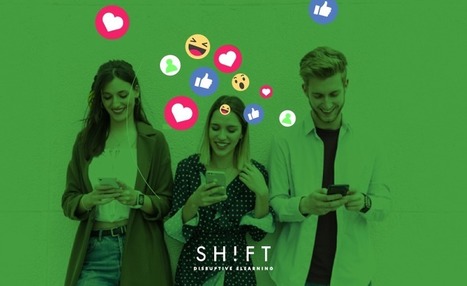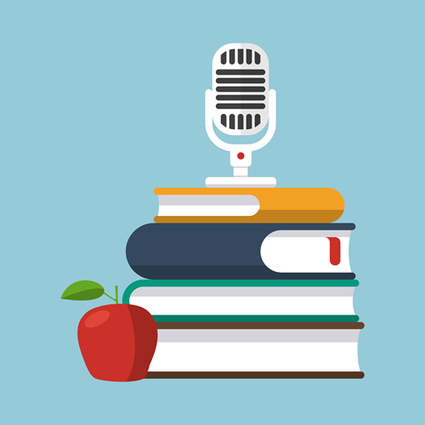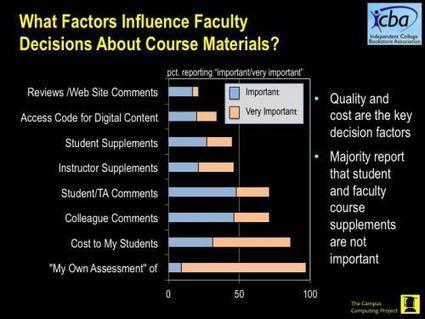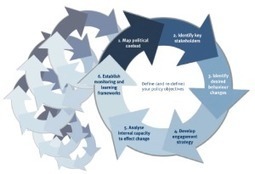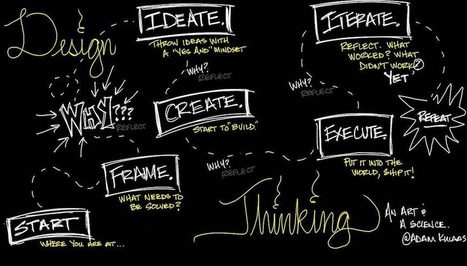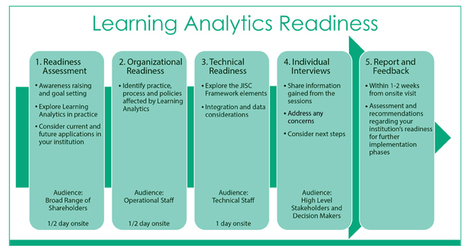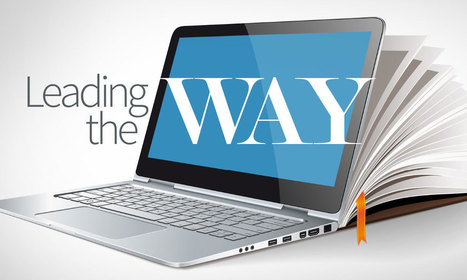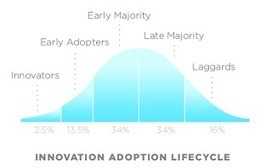Thousands of universities all over the world use open-source software to support learning, teaching, and research. There are plenty of advantages that this specific type of software delivers – for example, it costs less to use and provides educational institutions with more flexibility.
This article will discuss precisely what open-source software is and how universities can use it. We will also mention how it reduces institutional costs and improves flexibility.
Via EDTECH@UTRGV



 Your new post is loading...
Your new post is loading...




